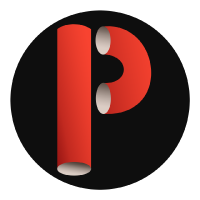- cross-posted to:
- 3dprinting@lemmy.ml
- 3dprinting@lemmy.world
- cross-posted to:
- 3dprinting@lemmy.ml
- 3dprinting@lemmy.world
I’m not sold on this really making a substantial difference in strength, but it seems relatively easy to implement. Hopefully some slicers pick it up as an option and the community can verify.
More surface area touching, less gaps (air) between layers.
The video did show summaries towards the end of his findings, he admitted that the improvements with his implementation were not statistically significant but if someone made a better process it could be something.
What I think the video could have done a better job explaining was the layered brick analogy. I was confused as first because I was picturing the print as the brick wall bottom to top, and I thought, “well all the layers are overlapping each other, so how is this a fair analogy?” But when I realized the the “bricks” were the layers if the print was sideways, I understood what he meant much better, and was a little more convinced that proper implementation could yield significant strength improvements
cura and orcaslicer both do currently idk about others
Blog post with the same info, for people who don’t like watching videos.
Neat, I didn’t realize he has a blog.
For squarespace sites you can get an RSS feed using ?format=rss
I was thinking It would be best to simply offset the inner walls in the xy axis, so that the printer lays down the next extrusion in the groove between two of the previous lines. This is already done with the hexagon infill pattern in orca slicer, but not yet available for inner walls. It would also be helpful to adjust extrusion to deliberately create large grooves bewteen the lines. Outer walls and cosmetic features should of course printed regularly.
The advantage to OP’s approach would be reduced complexity, less z-hopping and reduced risk of collision with already printed parts.
Here is an alternative Piped link(s):
https://piped.video/watch?v=5hGm6cubFVs
Piped is a privacy-respecting open-source alternative frontend to YouTube.
I’m open-source; check me out at GitHub.





